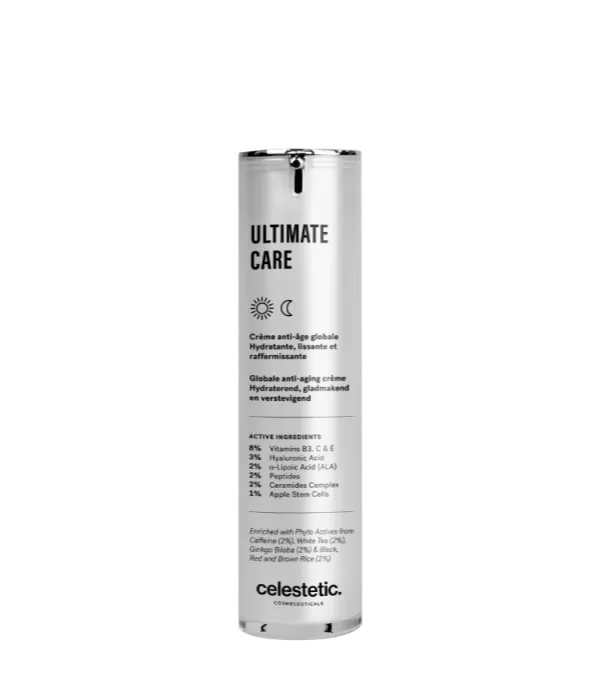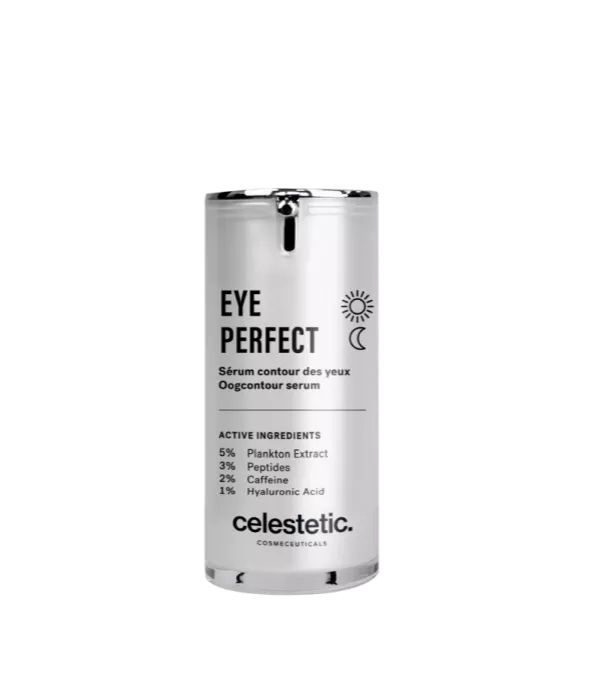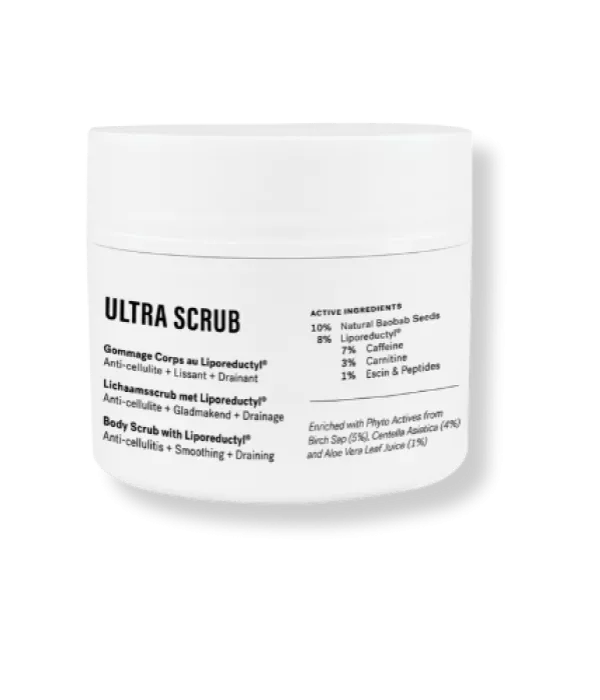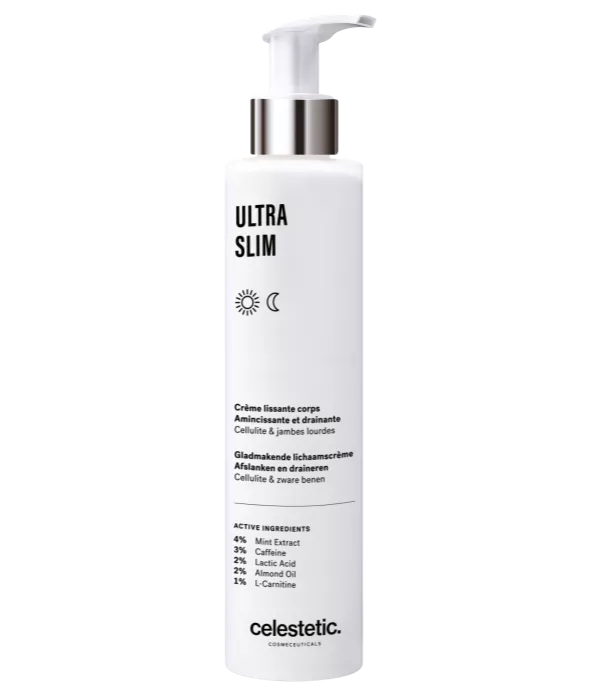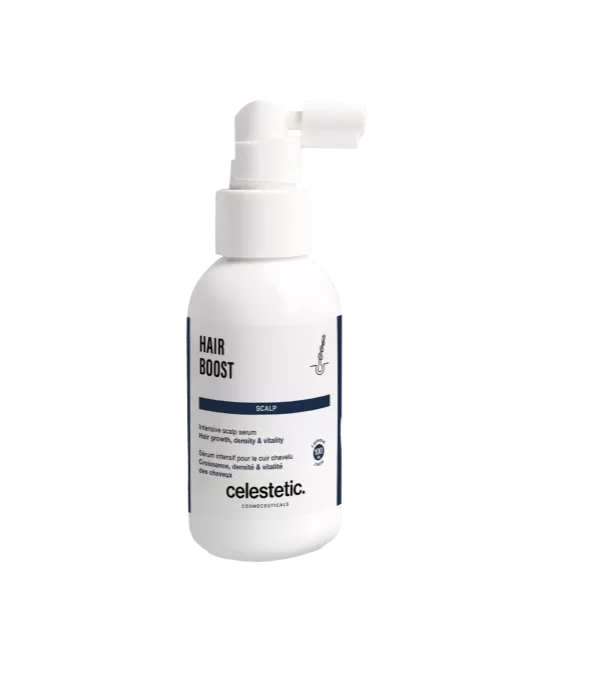Its mode of action

Caffeine has different modes of action:
Caffeine has strong antioxidant properties. This makes it a good anti-aging ingredient that reduces photoaging and may even be helpful in preventing UV-induced skin cancers.
Caffeine is also used for its anti-cellulite effects. When applied to the skin, caffeine improves microcirculation of blood vessels and stimulates the breakdown of fats during lipolysis. Triglycerides stored in adipocytes (fats) are broken down. In addition, caffeine can stimulate lymphatic drainage systems in the subcutaneous tissue, which allows the elimination of accumulated fat and toxins that appear during lipolysis.
Because caffeine can stimulate circulation and lymphatic drainage, it helps decongest the area around the eyes and thus reduce swelling. It therefore works against under-eye bags and dark circles.




